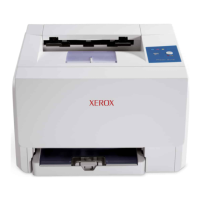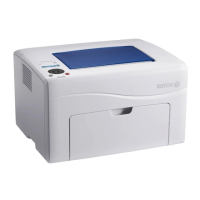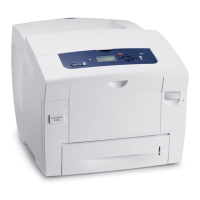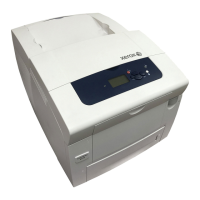PSS
PUSH
STATUS
(Doubleword
index
alignment, privi leged)
H OD
PUSH
STATUS
loads new Program Status Words from an
ef-
fective
doubleword location and stores
the
current
environ-
ment (current Program Status Words and contents
of
all
16 general registers) into a memory
stack,
as defined by the
Status Stack Pointer Doubleword.
Note
that
the
reference
address points to the memory location
of
the new
PSWs.
The
PSS
instruction is used for three types
of
operations:
as a normal instruction in an ongoing program; as an
inter-
rupt instruction; and as a trap instruction.
The
effective
address
of
a
PSS
instruction
is
generated
in
one
of
the
following ways:
PSS
- normal instruction (see first instruction diagram)
When a
PSS
instruction
is
encountered in the course
of
execution
of
normal programs, the
effective
address
is
generated
according to the rules for addressing then in
effect
as described by the currently
active
PSWSi
that
is, the
basic processor is
operating
in
real,
real
extended,
or virtual
addressing mode. The flags in
bit
positions 9 and
10
have
no
effect
and must be coded as zeros.
PSS
- interrupt instruction (see second instruction diagram)
A
PSS
instruction (in an interrupt location)
executed
as a
result
of
an interrupt is
called
an interrupt instruction.
In
the interrupt
execution
sequence,
the
20-bit
reference
address
is
always
real,
independent
of
the map invoking
bit
in the
PSWs.
There is no indexing possible since the
designator field is preempted by the reference address.
Indirect addressing is permitted with
precisely
the same
constraints.
The
indirect
address word contains a
20-bit
real address with the same properties as the reference
ad-
dress described
above.
The flags in
bit
positions 9 and 10
have no
effect
and must be coded as zeros.
PSS
- trap instruction (see second instruction diagram)
A
PSS
instruction
(in
a trap location)
executed
as a result
of
a trap entry operation is
called
a trap instruction.
In
a
trap
execution
sequence,
the
20-bit
reference address may be
either
a real address
or
a virtual address according to the
map invoking
bit
in the
PSWs.
There
is
no indexing
pos-
sible since the
index
field is used for addressing. If
indirect
addressing is specified, the
effective
address is
generated
according to
the
rules for addressing then in
effect
as
de-
scribed
by
the currently
active
PSWs.
Bit positions 9 and
10
must be coded as zeros.
Depending upon the type of addressing, the
reference
address
of
the
PSS
instruction
is
converted into an
effective
virtual doubleword address, as described under
IIpSS
Address
Calculations",
in
Chapter
2. Except for the Register Block
Pointer field (bit positions
56-59)
and the
interrupt
group
inhibit
bits (bit positions
37,
38,
and 39), the contents
of
the
effective
location
are
always loaded as
the
new
PSWs.
If
the
LP
flag (bit 8
of
the
PSS
instruction) is a 1, the
Register Block Pointer
of
the new
PSWs
is also loaded. If
the
LP
flag
is
a
0,
the old Register Block
Pointerisretained.
The interrupt group
inhibit
bits
of
the new
PSWs
are
"ORed
ll
with the corresponding bits
of
the old
PSWs.
The
current environment (comprised
of
20 words) is stored
in memory
stack
locations having the following
relative
addresses:
initial
TSA+1
through
initial
TSA+16,
initial
TSA+25, and
initial
TSA+26. Memory
stack
locations
having
relative
addresses
of
init'ial TSA+17 through
initial
TSA+24,
initial
TSA+27, and
initial
TSA+28
are
reserved
and the contents
are
indeterminate.
The parameters
of
the Status Stack Pointer Doubleword (as
contained
within working registers)
are
appropriately
mod-
, ifi ed to
reflect
the progress
of
the
PSS
instruction and
conditions
of
the memory stack (i.
e.,
the
TSA
and Word
Count
are
incremented and the Space Count is decremented
for
each
memory word location accessed, as described under
Status
Stack
Pointer Doubleword).
If the Word
Count
exceeds
32,767
(maximum count for
bits
49-63)
or
if
the Space Count
is
reduced to zero before
the
PSS
instruction is completed, the stacking operations
continue until 28 words have been pushed
(i.
e.,
no trapping
.......
1
'I".
,,..
~
I
I"\n~'~
._.
An-_
occurs).
VVnen
me
vvora
~ounr
exceeas
';>£,
lUI,
or
I
'TO
I~
set
to a
1.
Attempting to
decrement
the Space Count below
zero
causes
the
Space Count to become indeterminate.
Affected: (PSWs),
CC, Memory
Stack,
Status Stack Pointer
Doubleword.
(PSWs)
and CC:
EDO_3-CCi
ED4-7-
FR,
FS,
FZ, FN;
ED8-MS;
ED9-MMi
ED10-DM;
EDll-AMi
ED15-31
-IAi
ED32-35-WKi
ED37-39 u CI, II,
EI
- CI, II,
EI
(Note:
IIU"
represents inclusive OR. )
EQ56-59-
RP
only if
(IS)
= 1
ED60-RA
ED61-MA
Push-Down Instructions (Privi leged) 87
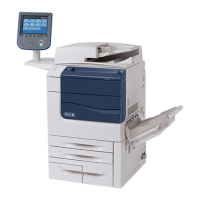
